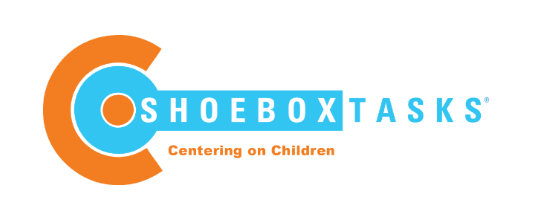Model Vocational Workshop
What characterizes a vocational workshop for individuals on the autism spectrum? In one word, independence. There are several elements necessary to achieve this goal:
ORGANIZATION
The workshop is organized so that everything in it has its rightful place - this way when you need a particular item, you know right where to go and get it. This is comforting to both neurotypicals and autistics. All materials for a particular task are in close proximity to each other. For example, all raw materials to be packaged are displayed on individual shelving units that are numbered for that task; it makes it easy to see and access all the distinct parts that go into that specific task.
BUILT IN ROUTINE
Work unfolds in a left to right direction much like how we read and write in this culture. When setting up materials at the work-table, the worker can count on this consistent flow from raw materials to packaged product. This strategy takes the decision making out of the set-up; having to make a decision can often stop an autistic worker in their tracks.
WORK SYSTEM
Typically, a job coach assesses what the needs of the day are going to be, based upon input and information from a manager. These are then listed on a clipboard. All ‘jobs’ are either numbered or named and utilize a color matching system to help retrieve the distinct parts of each task. Color matching is a skill that all our workers have so it makes sense to use it as part of our work system. The autistic worker understands the first job is at the top of the clipboard list, the second one just below it and so on. By referring back to it, the worker knows where to go and what to bring back to the work-table, all accomplished independently.
ASSESSMENT
It is important to observe and assess the worker to see where they might need help as they go about their work. It is these places where we must step in and help - we may want to devise a tool or method that the worker can use, providing them greater independence. A great coach is typically working towards phasing out any and all assistance he may be providing for his worker, thereby supporting greater independence.
CONCRETE TO ABSTRACT
When creating a new job for a worker, the main challenge is generally taking an abstract concept and designing a concrete tool that the worker understands and can use.
VISUALS
A strength that many autistics exhibit is great visual acuity. If they can see it, chances are they can do it. It’s up to us to help them see it!
Our vocational workshop at ShoeboxTasks is designed for autistic individuals diagnosed on the moderate to severe end of the spectrum. For individuals who may be on the more mild end of the spectrum, these structured principles still apply but can be used in much more subtle ways. Ron Larsen is available for consultations about setting up a vocational workshop, questions or inquiries at ron@shoeboxtasks.com.

